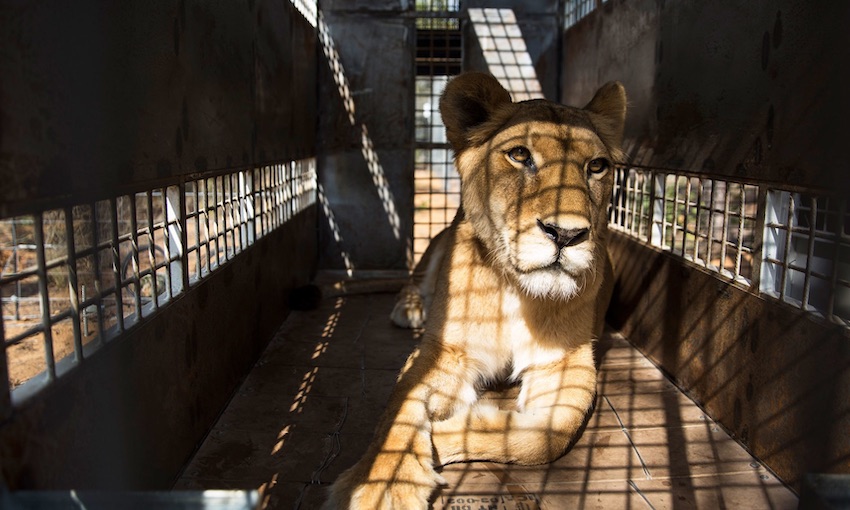NON-GOVERNMENT organisations TRAFFIC and the World Wide Fund for Nature have come together to support the shipping sector in detecting illegalities passing through global waters.
Legal wildlife trade is a complex business, supplying local and international demand for wildlife products across numerous industries. However, a growing, parallel illegal business is taking advantage of weaknesses in maritime supply chains to transport illicit wildlife products.
To address these issues, TRAFFIC and WWF, have worked with multiple partners to produce guidance to help the sea cargo industry identify wildlife crime.
The Red Flag Compendium for Wildlife and Timber Trafficking in Containerised Cargo details the warning signs of corruption, smuggling, other related crimes and outlines red flags and additional tools to identify prolifically trafficked CITES-listed species, including big cats, specific marine life, large mammal species such as rhino, elephant, and timber.
CITES is the acronym for the Convention on International Trade in Endangered Species of Wild Fauna and Flora.
The compendium includes information on at-risk routes as well as typical indicators of illicit activities such as questionable paperwork and discrepancies in information like value, weight, and appearance.
Irregular behaviour, such as consignments split across multiple shipments, last-minute request for shipment clearance and abnormal or sudden changes in routes or destinations may be signs of illegal action.
Livia Esterhazy, chair of WWF’s Asia Pacific Growth Strategy and CEO of WWF-New Zealand said, “It’s estimated that by volume, 72–90% of wildlife products are trafficked by sea. Around 90% of international trade in goods by volume are carried by sea, so you can see how detecting illegal wildlife trade can be like looking for a needle in a haystack
“Wildlife smugglers are growing bolder by secreting illicit cargo into commercial supply chains. To tackle this and respond proactively to the illegal wildlife trade, we needed practical, handy detection guides to assist freight forwarders and ocean liners to detect suspicious shipments even without opening the cargo containers.”
Often traffickers adapt their modus operandi to avoid detection in the smuggling of illegal products.
This can vary depending on the wildlife commodity type, their origin, and target consumers, but frequently involves facilitating corruption throughout the maritime transport infrastructure.
Bribes are commonplace in illegal wildlife trade, taking place at source, transit, and export stages. At times, these bribes persuade employees to help falsify documentation, such as CITES permits and certificates for Appendix listed species.
Monica Zavagli, TRAFFIC program manager for transport sector engagement said, “The smuggling of CITES-protected species is an extremely lucrative trade for criminal networks and could have major ramifications for the species’ survival in the wild.
“This compendium targets supporting the shipping sector to better identify potential signs of tampering or non-compliance of CITES permits,” she said.
By definition, illegally traded wildlife does not undergo hygiene, sanitary, and phytosanitary controls; as a result, illegal wildlife trade carries risks to public health and can contribute to the spread of zoonotic diseases and invasive species around the globe.
By highlighting the potential risks in this compendium, shipping companies can implement greater safeguarding measures to protect their employees, business and nature.

